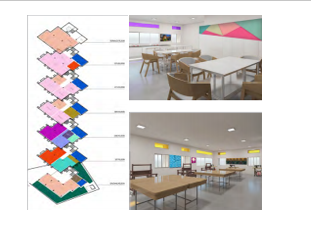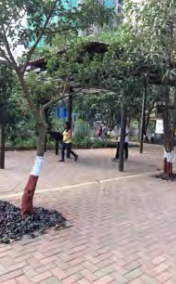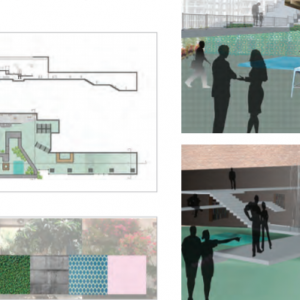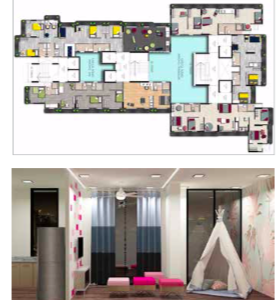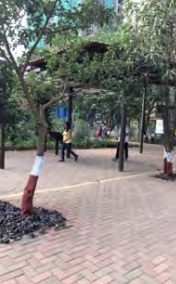‘SHADES OF THE SPECTRUM’ An experience for the mind’ by Sneha Mehta
Thesis Abstract:
‘Shades of the Spectrum’ is an academic research aimed at the relationship of space and a person with special needs, culminating in a much needed responsive vocational training center for such youths.
 A space should have the ability to capture the attention of more than ones sight. It should have the potential to respond to other senses as well, such as touch, smell and sound. A rehabilitation center, which deals with therapy and understanding of the mind, needs to have sensory spatial elements in the space for the betterment of the users; in my case it addresses individuals with developmental delays. The current scenario of spaces for the specially abled is designed through the perspective of a neurotypical person and not through the perspective of the specially-abled. This method of designing needs to improve in a way to create a more inclusive space. Therefore, the idea is to design the space in a way that the movement within the space is easily accessible and informative hence creating a flow of movement, which guides a person with special needs through the space without being dependent on others. This can be achieved by adding various textures, colors and signage; for instance, a difference in the flooring texture of the corridor and classroom will help an autistic individual with visual impairment identify the various areas. The design intervention will be applied to ‘Sulabha special school’ located in Tilak Nagar, Ghatkopar and will function as a vocational training center for special needs adults of the age 18 and above. Vocational training is mainly skilled based. The students are trained in some form of trade or craft that they want to pursue later in life, forgoing traditional academics. This project aims to change the perspective of designing spaces for the specially-abled individuals in order to make spaces more accessible and sensitive to them both physically and mentally. Certain design interventions could be applied to other institutes as well and hence, aspects of this project could be used to make a difference in the lives of a relatively large group of people.
A space should have the ability to capture the attention of more than ones sight. It should have the potential to respond to other senses as well, such as touch, smell and sound. A rehabilitation center, which deals with therapy and understanding of the mind, needs to have sensory spatial elements in the space for the betterment of the users; in my case it addresses individuals with developmental delays. The current scenario of spaces for the specially abled is designed through the perspective of a neurotypical person and not through the perspective of the specially-abled. This method of designing needs to improve in a way to create a more inclusive space. Therefore, the idea is to design the space in a way that the movement within the space is easily accessible and informative hence creating a flow of movement, which guides a person with special needs through the space without being dependent on others. This can be achieved by adding various textures, colors and signage; for instance, a difference in the flooring texture of the corridor and classroom will help an autistic individual with visual impairment identify the various areas. The design intervention will be applied to ‘Sulabha special school’ located in Tilak Nagar, Ghatkopar and will function as a vocational training center for special needs adults of the age 18 and above. Vocational training is mainly skilled based. The students are trained in some form of trade or craft that they want to pursue later in life, forgoing traditional academics. This project aims to change the perspective of designing spaces for the specially-abled individuals in order to make spaces more accessible and sensitive to them both physically and mentally. Certain design interventions could be applied to other institutes as well and hence, aspects of this project could be used to make a difference in the lives of a relatively large group of people.
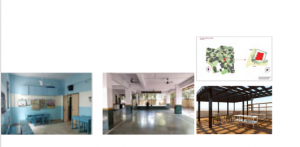 Credit- Sneha Mehta – Class of 2018
Credit- Sneha Mehta – Class of 2018


